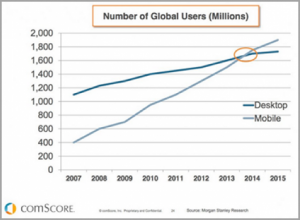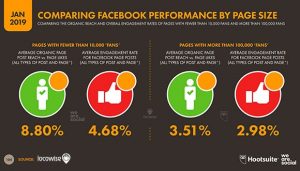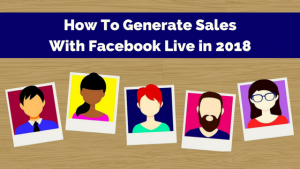— August 22, 2017

There are two kinds of brand voices, the holistic voice, and literal voice. In this blog, I will not be talking about the stuff that employees must adhere to — the values that they must take into consideration when making decisions in the name of a brand and so on.
I’m talking about the literal voice, the sound that speaks for your brand through videos. It’s also known as the voice-over for your brand.
Voice-overs are a thing of magic. The right voice-over can enhance a brand’s overall impact; conversely, the wrong one can have the opposite effect.
The Products
The end-goal of picking a voice for your brand is to make it sell. Although the road can be long and winding to get there, increased conversion will always be the end goal.
If you pick a voice that is not compatible with your product, then it’ll be all for naught. High-profile brands are willing to spend time, money, team energy and research on all elements for a commercial, including the voice actor.
They are willing to spend so much that they do auditions before they choose who will speak the lines written for their brand. The process begins by determining the specs of the voice that they want to represent their brand in terms of quality and personality.
In an interview with Forbes, Valerie Smaldone, a top-tier voice actress that has spoken her voice for brands like Minute Maid, Victoria Secret, Publix Supermarkets and promoter for NBC live coverage, said:
“This (audition) is a very costly and time-consuming process, so the team behind the brand knows that getting the sound they are seeking is super important.”
They do so because they know that a voice-over is a very subjective matter. A voice that seems to be perfect in a car commercial is not guaranteed to sound similar in Victoria’s Secret commercial.
Casting for a product voice is similar to casting for a character’s voice in animated movies, say Puss in Boots or Nemo, only much simpler. It wasn’t a mistake that DreamWorks casted Antonio Banderas to voice El Gato: They arrived at that choice through a tedious casting process — which paid off.
The Audience
According to a research study featured on the VoiceBunny blog, the gender of the voice-over appeals to different demographics.
After a head-to-head data comparison between male and female voice actors, they found a few notable statistics:
- Nearly half of the survey participants (48%) said that male voices sounded more forceful. However…
- Female voices were more soothing, according to 46% of participants.
- 28% of respondents described male voices as “more likely to sell me a car or a computer.”
- Only 7% of respondents thought that female voices could sell them items in the categories mentioned above.
- The rest of respondents thought that voice gender didn’t make any difference.
Tip: Most of the time, you’re better off using a voice-over with the gender that corresponds to your audience’s majority gender.
Arthur Chu, a Cleveland-based artist who’s done voice-over work for brands like Safeway and Intel, explains that men’s voices are associated with neutrality, with authoritative, factual information. The voice-over you want for some kind of authoritative instructional video, or something asserting dry historical fact, is going to be that baritone, somewhat monotone, slightly stern voice.
Takeaway
If your product is related to cars or electric cordless drill, then a male voice-over is a good option because that’s typically the audience interested in those products.
Digital & Social Articles on Business 2 Community
(124)








